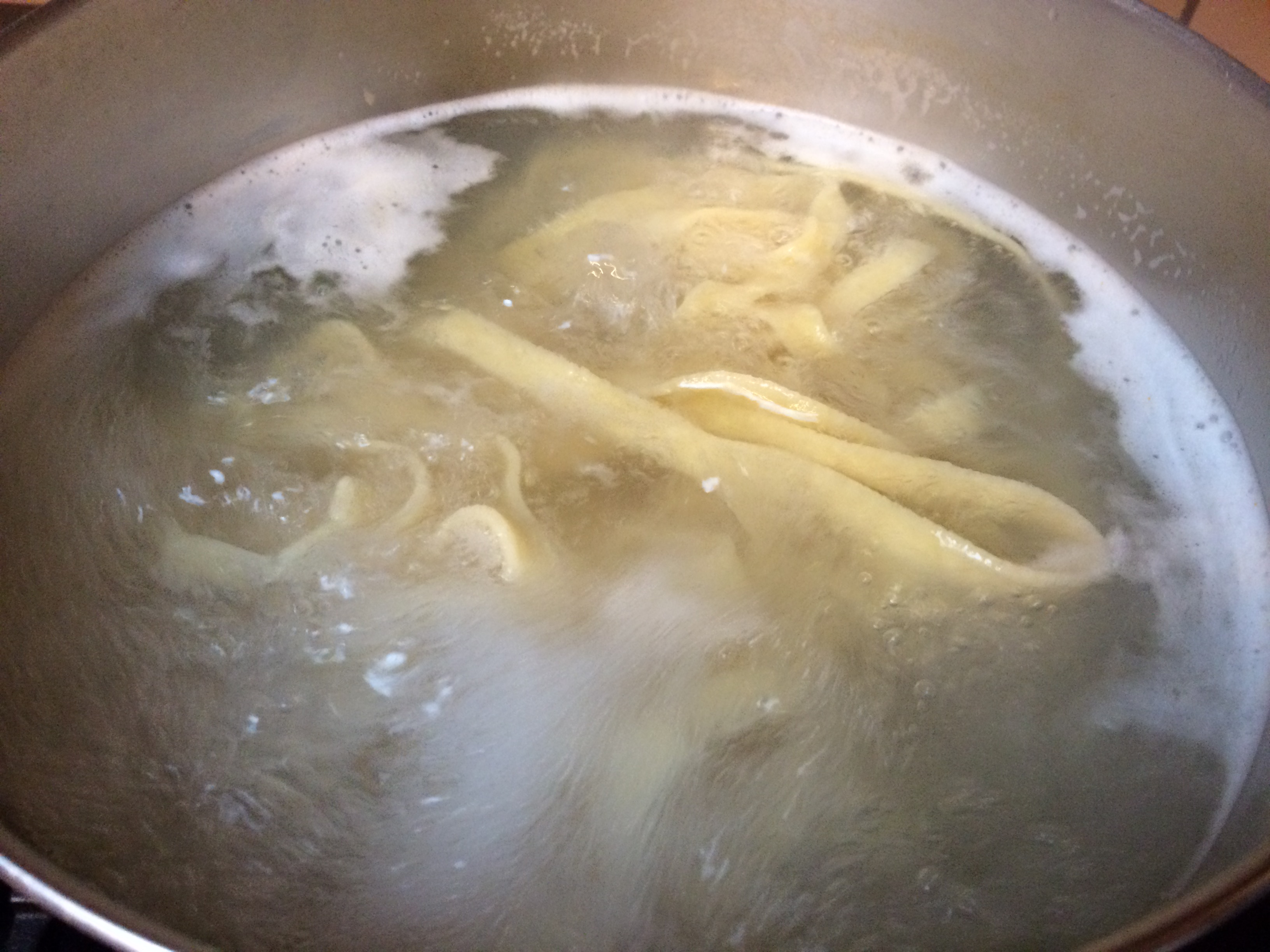Food Safety
In an earlier blog post we talked about freezing, but we haven’t really talked about refrigerating… enter today’s blog…
Perishable foods, which include anything that you purchased from the refrigerator section of the grocery store plus any opened cans, open jars, open bottles, take-out food and leftover prepared foods all should be refrigerated within two (2) hours of opening (or completion of cooking).
That’s the basic rule that applies to all perishable foods, but there are other things that you should keep in mind.

Food Safety - Food Preparation
First of all, keep your fridge healthy:
Food Safety When grocery shopping:

Food Safety When cooking:
Food Safety When storing:
Keep reading for important food safety handling for specific foods.
Food Safety - Some Foods Need Special Attention
**Additional Important Food Safety Information**
The grocery store packaging for these items can quickly leak all over your refrigerator. The raw juices from these items quite often contain harmful bacteria that can contaminate your other foods in the process if they leak. So, seal your fresh meats in sealed plastic bags or airtight containers to both keep them fresh and protect the rest of your groceries.
This is very important for cutting boards. Plastic cutting boards that are color coded are ideal for use with these items. Always use the same color for these items and then sanitize them in the dishwasher after each use. Then always use a different color cutting board for your fresh fruits and vegetables. Wooden boards can harbor bacteria from raw meat products.
A thermometer is best to test the internal temperature of meats (at least 160°F and poultry (at least 165°F). For a visual test – ground meat is done when it turns brown, poultry when the juices run clear, fish when it flakes with a fork and eggs when they are no longer runny. But the visual test is not as accurate as a meat thermometer and meats can contain bacteria unless they reach a high enough temperature to destroy the bacteria.










